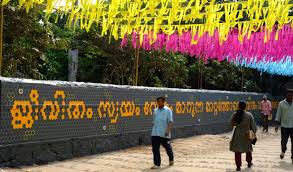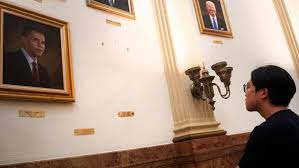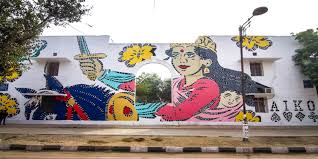
Menu

Modern galleries are no longer neutral spaces. Increasingly, they have become arenas for political commentary—where artists confront issues like inequality, censorship, human rights, and state control through bold, thought-provoking works.
Contemporary artists are using painting, sculpture, video, performance, and installation to address urgent political themes. These might include climate injustice, gender rights, nationalism, surveillance, or war. The gallery becomes a platform for public dialogue, not just private admiration.
In India and around the world, artists are reclaiming space to speak truth to power. A painting may depict a protest, a sculpture might symbolize silenced voices, or a digital piece could critique online surveillance. These works are often layered—visually compelling, yet intellectually charged.
Curators too are evolving. Many now embrace political exhibitions that challenge viewers rather than comfort them. Art festivals and independent galleries often highlight activism, dissent, and social critique. This shift reflects a global hunger for art that’s not just beautiful—but meaningful.
Political art in galleries forces viewers to confront discomfort. It doesn’t always offer solutions, but it sparks conversation. In times when media is polarized or restricted, art becomes a subtle, symbolic form of resistance.
For today’s creatives, silence is not an option. Their work is their voice—and galleries, once seen as elite, are becoming stages for revolution.



